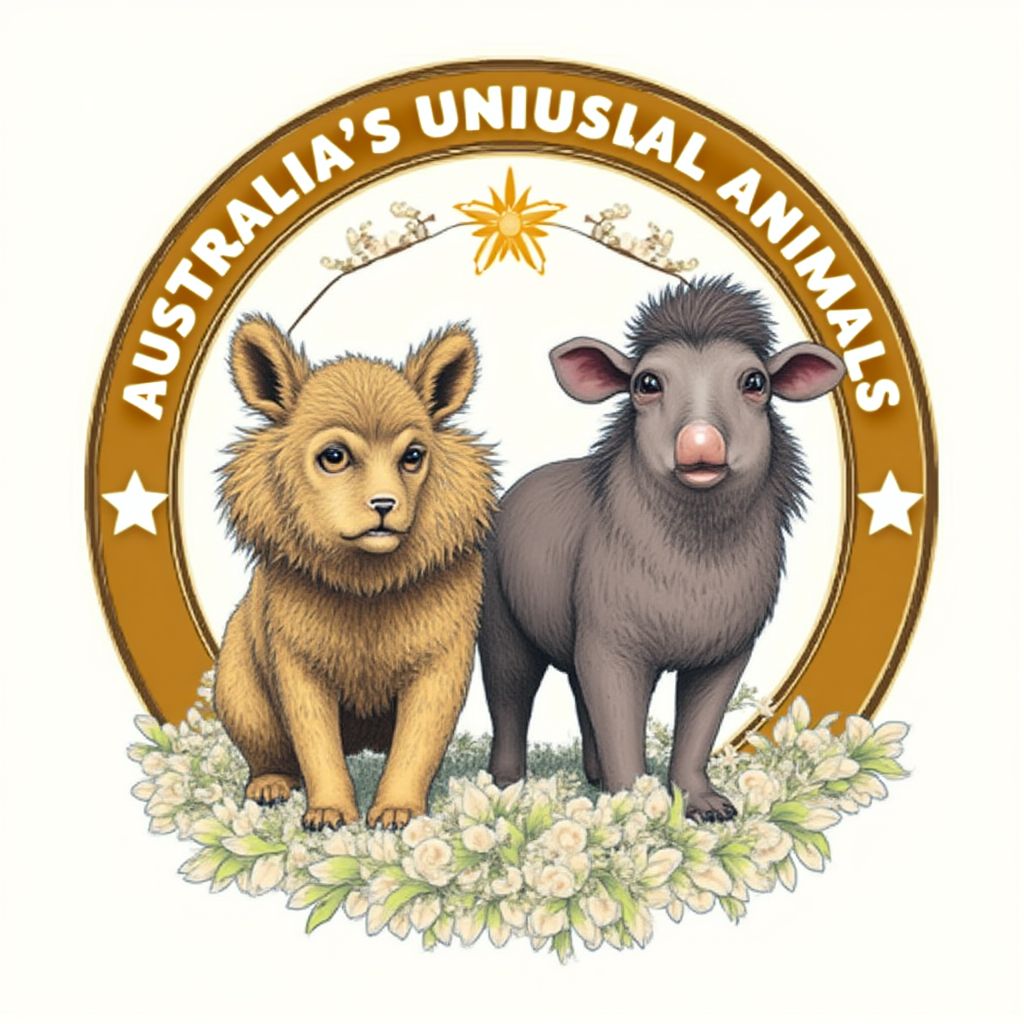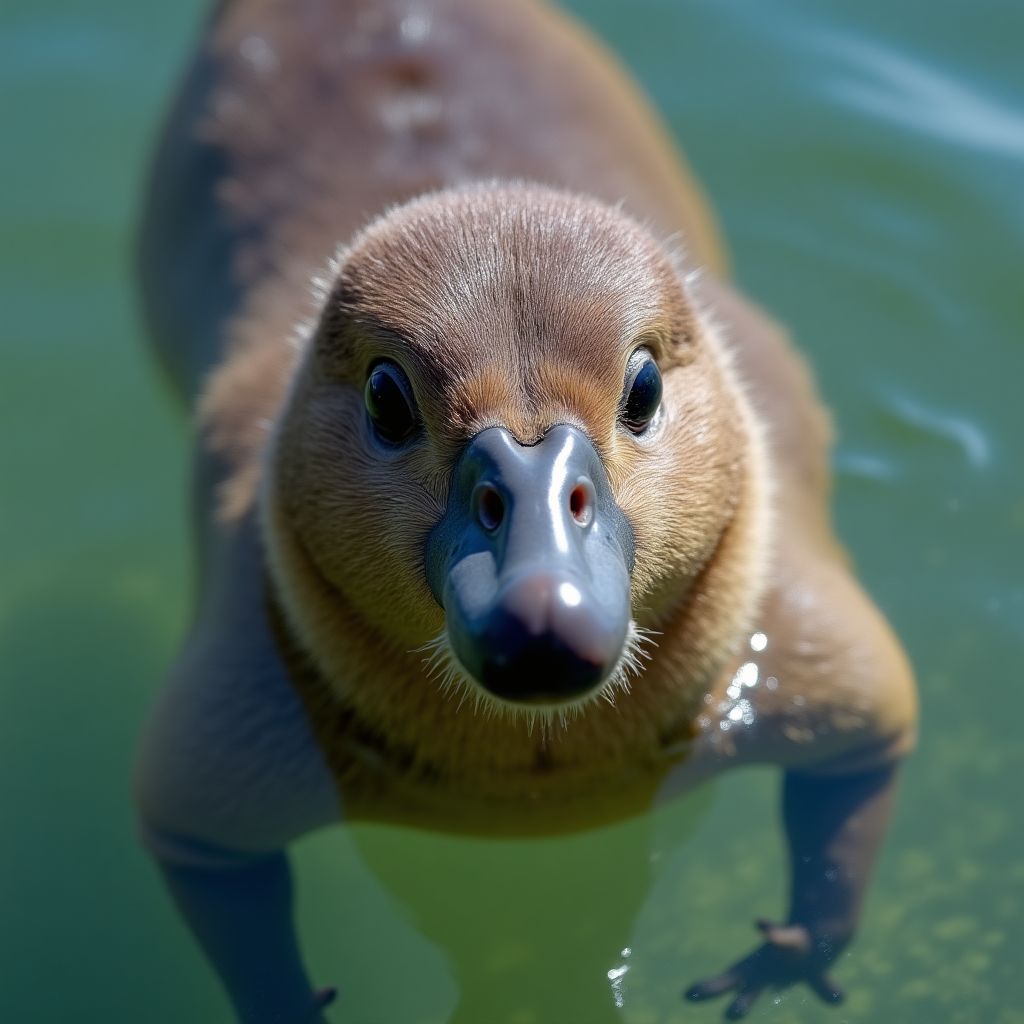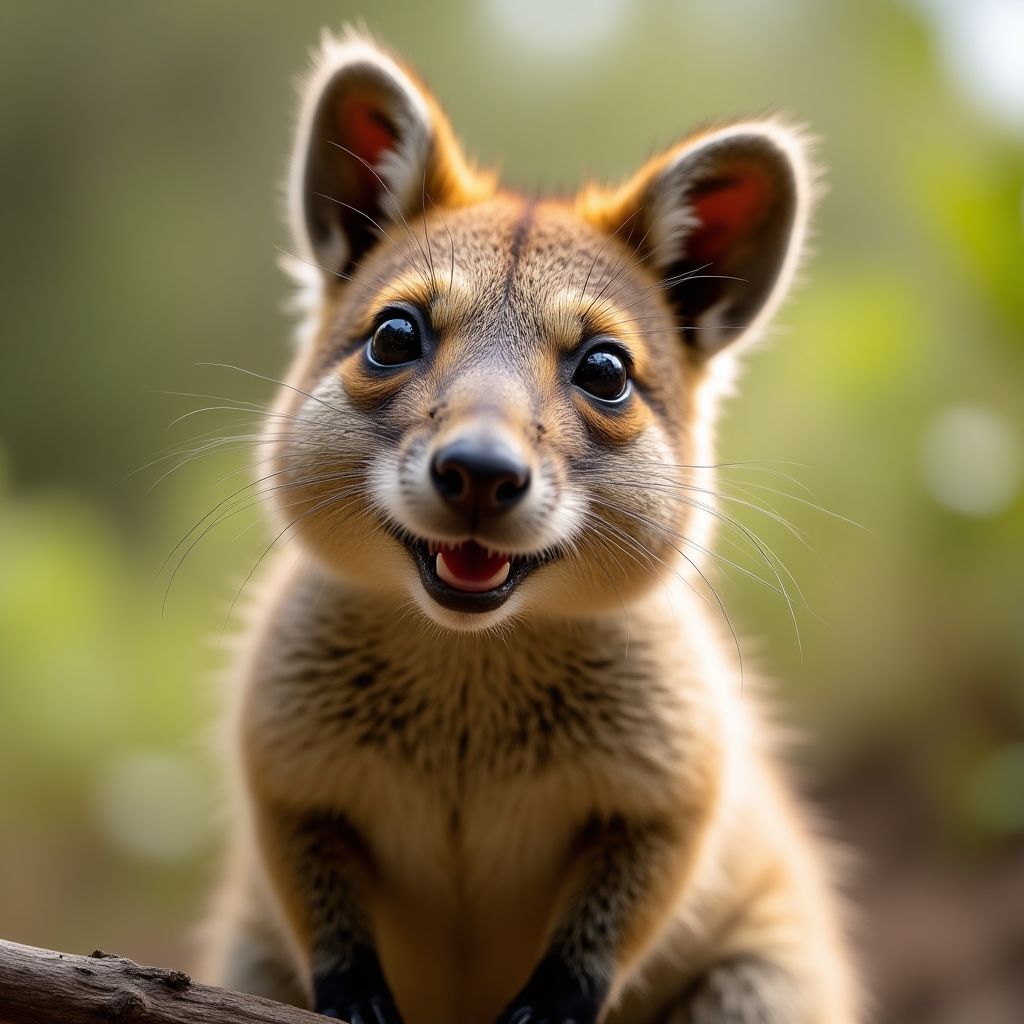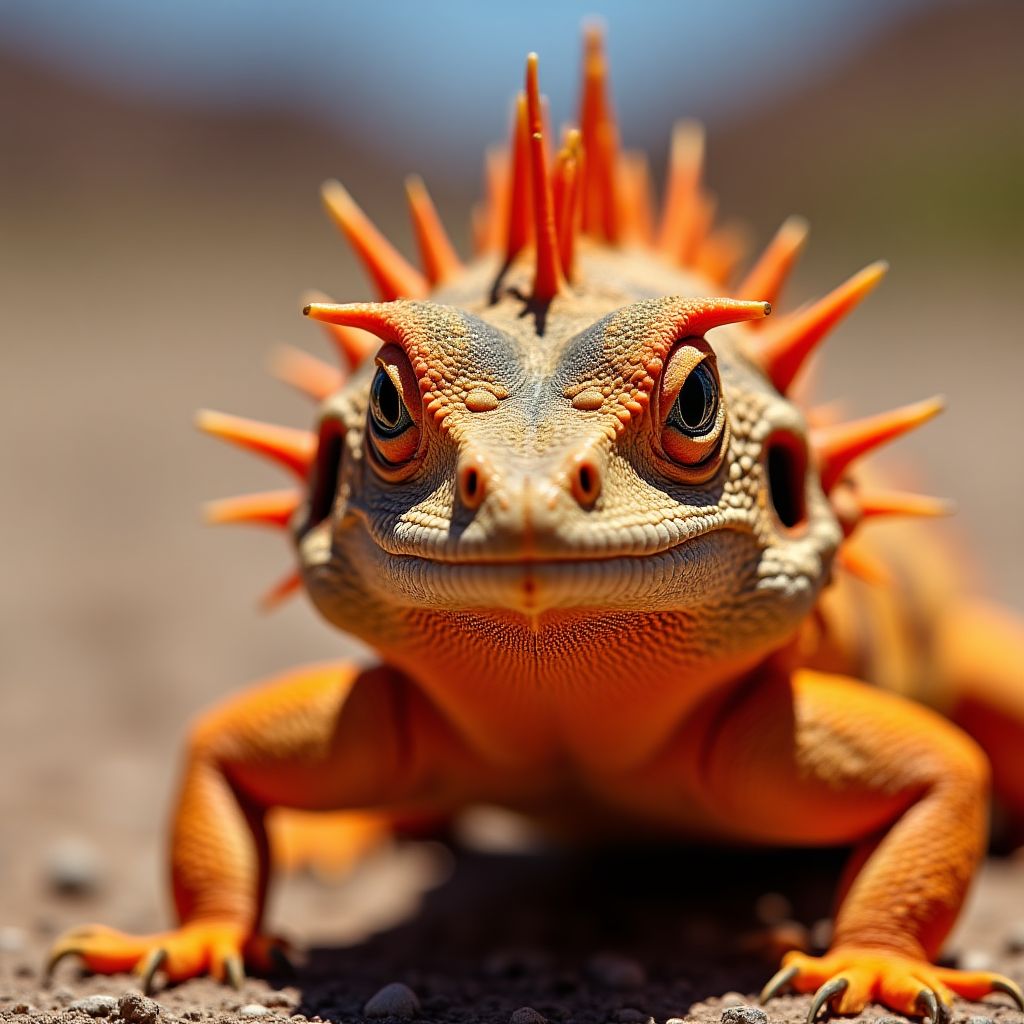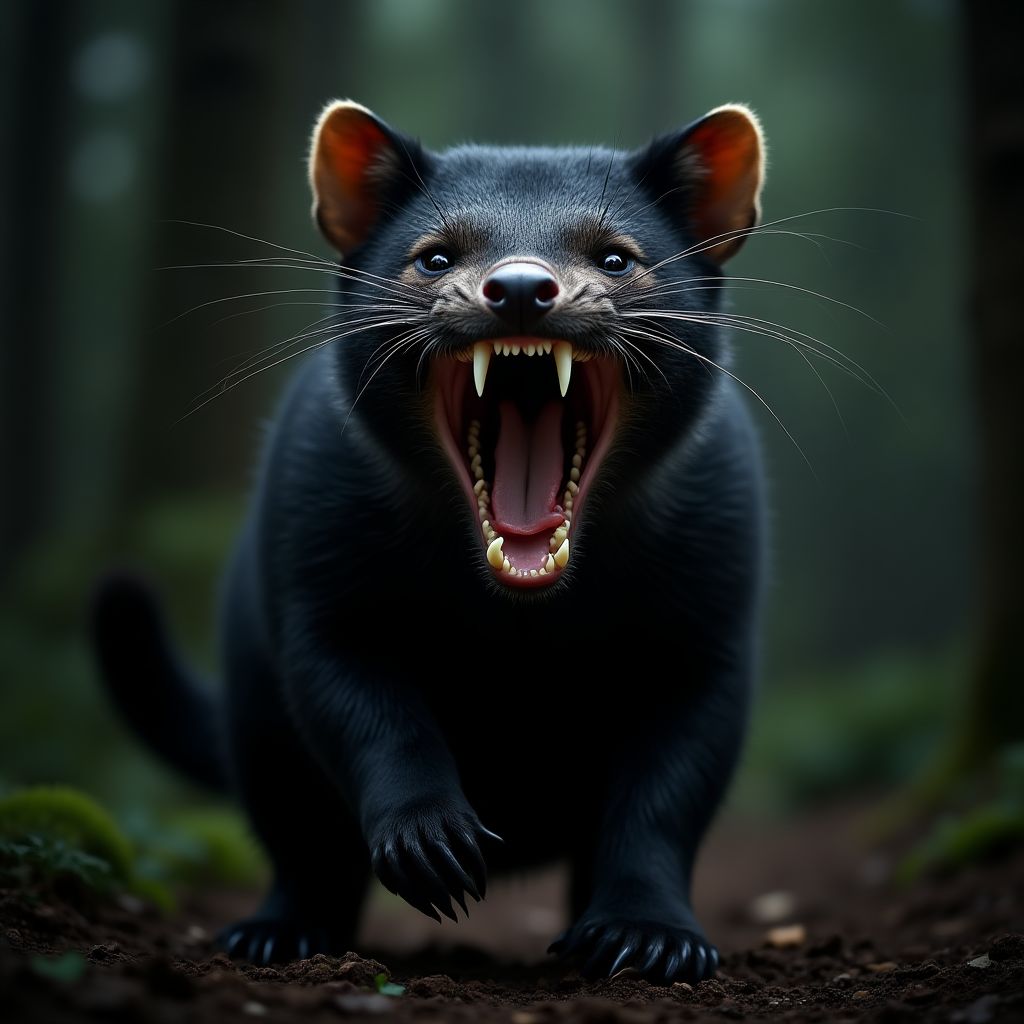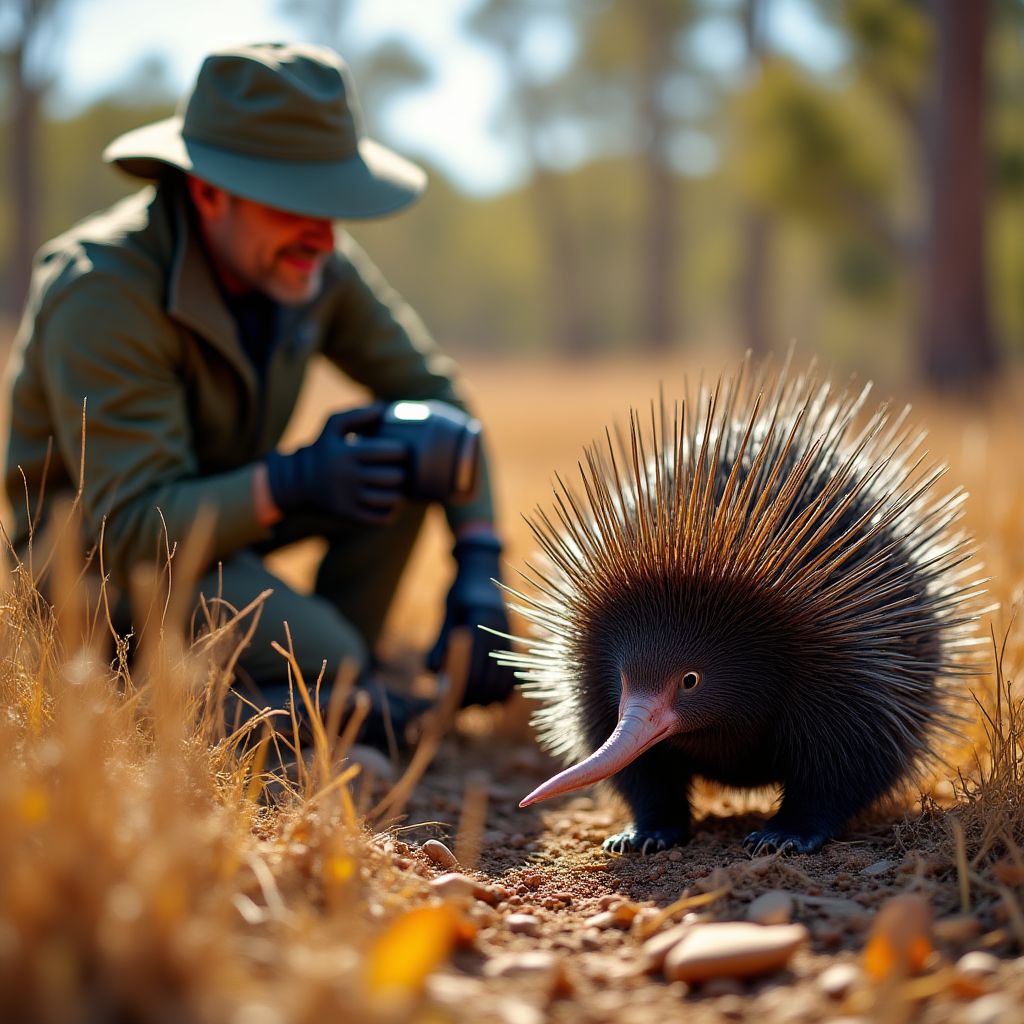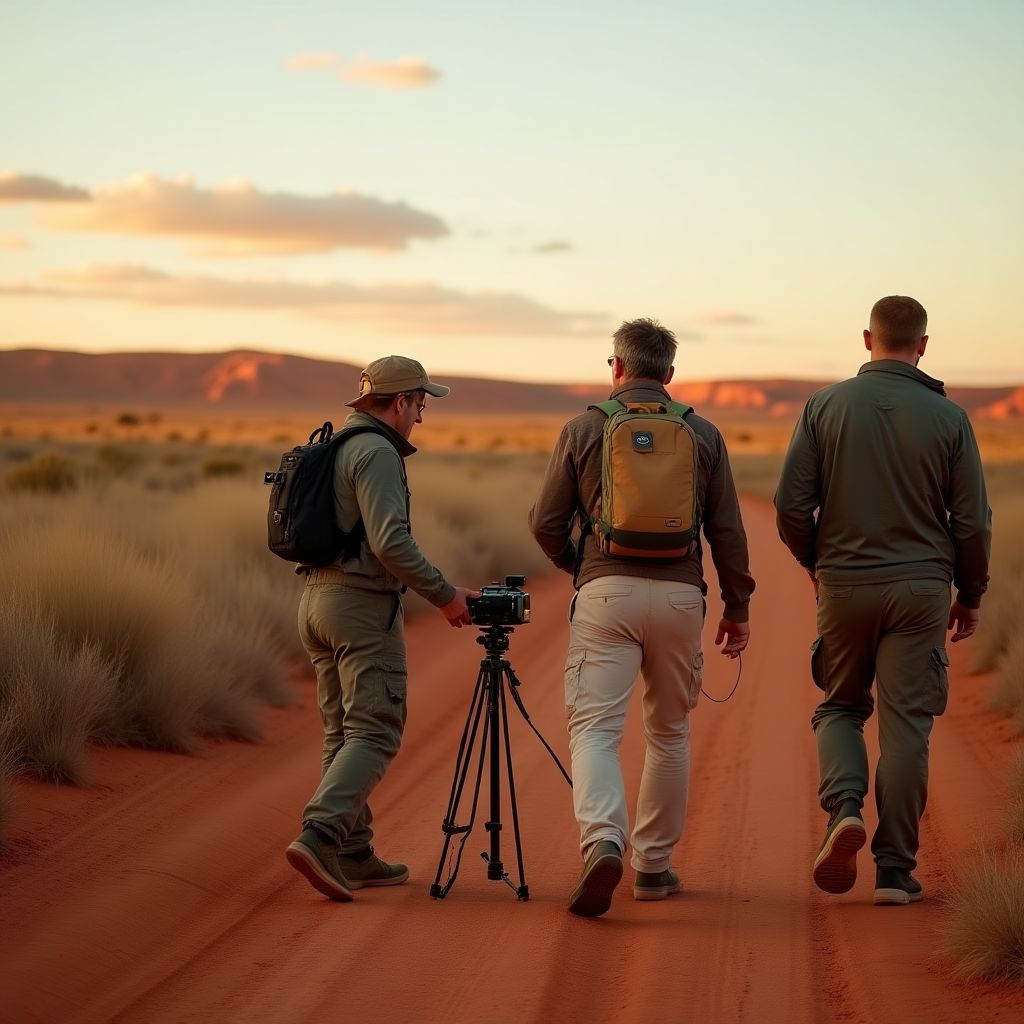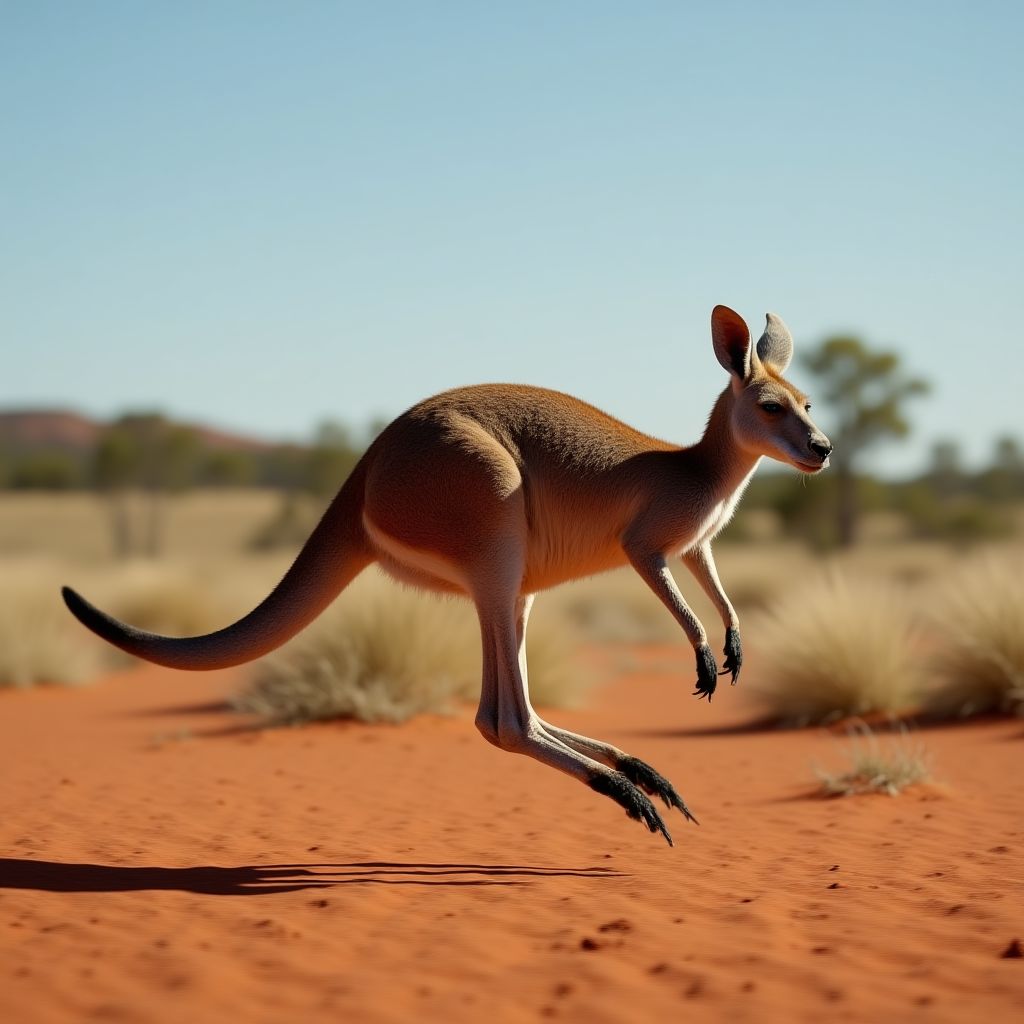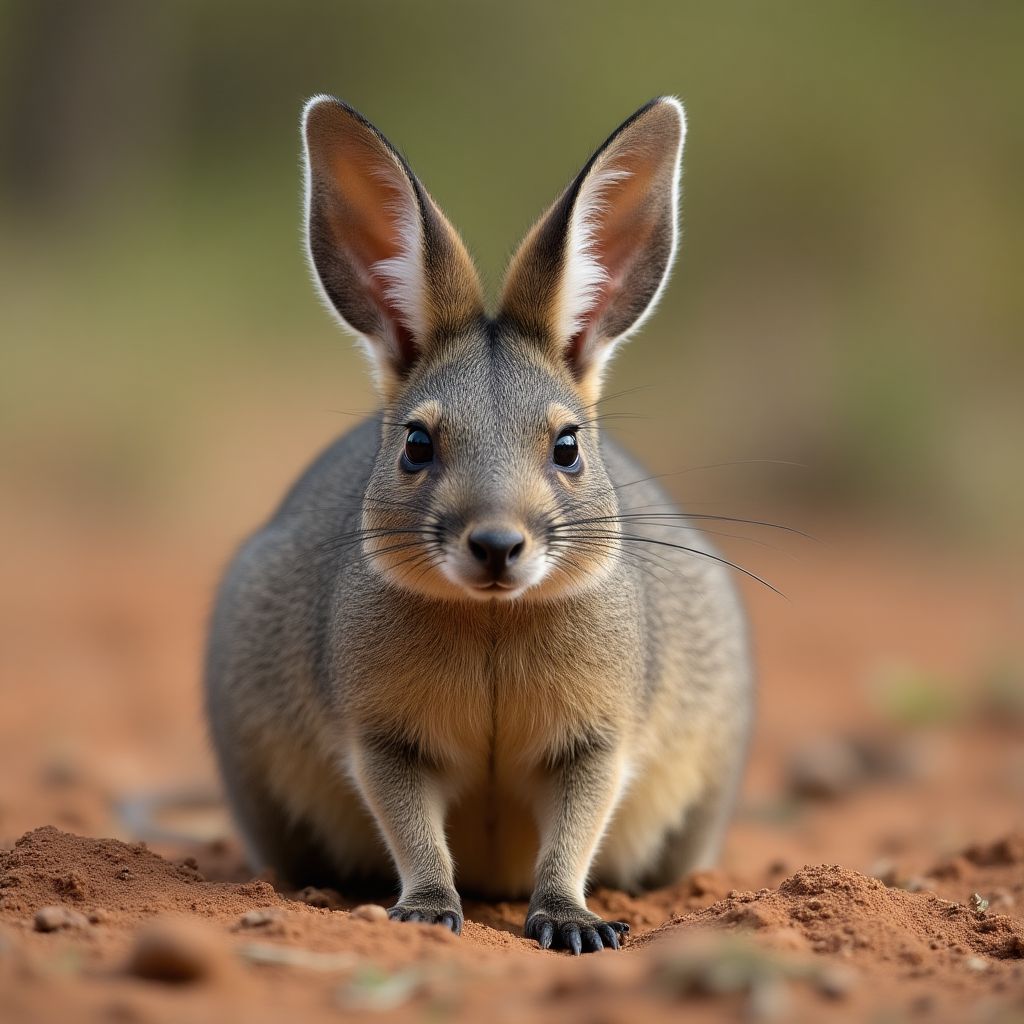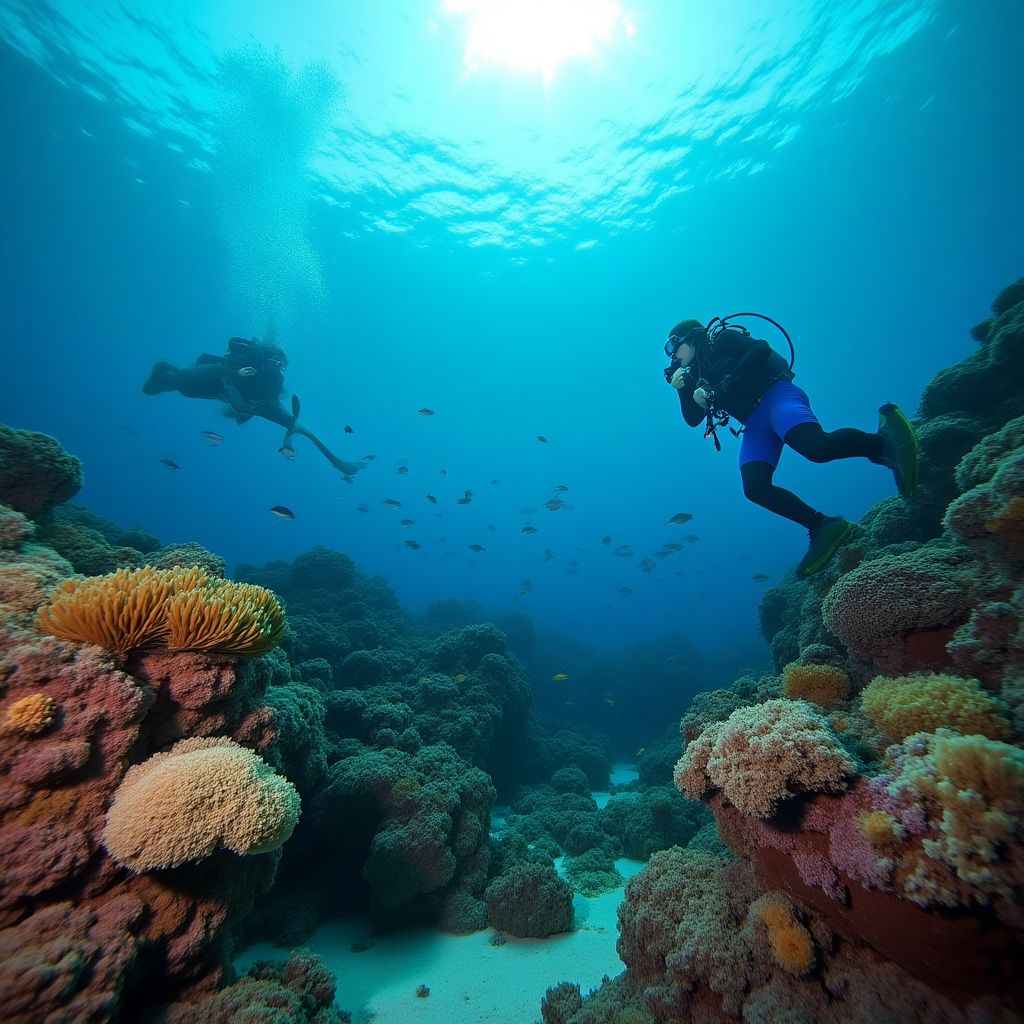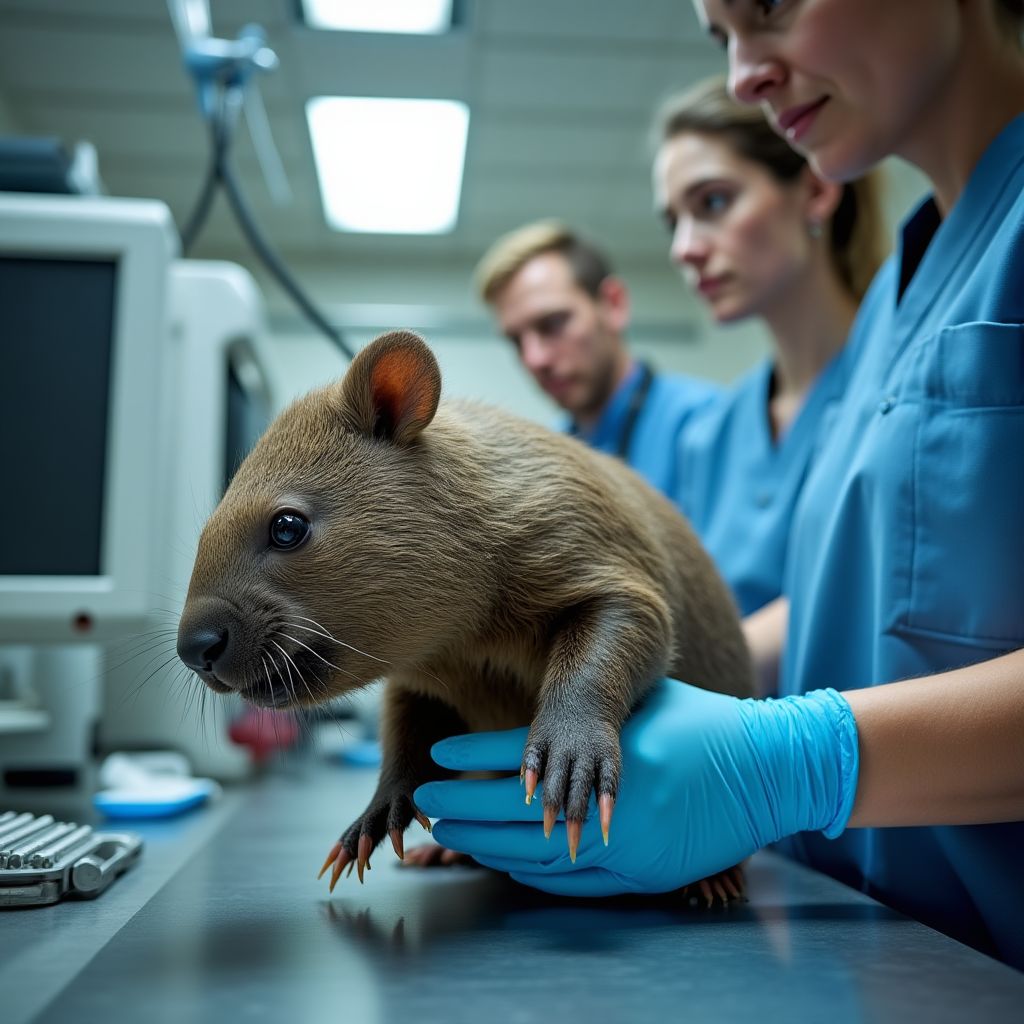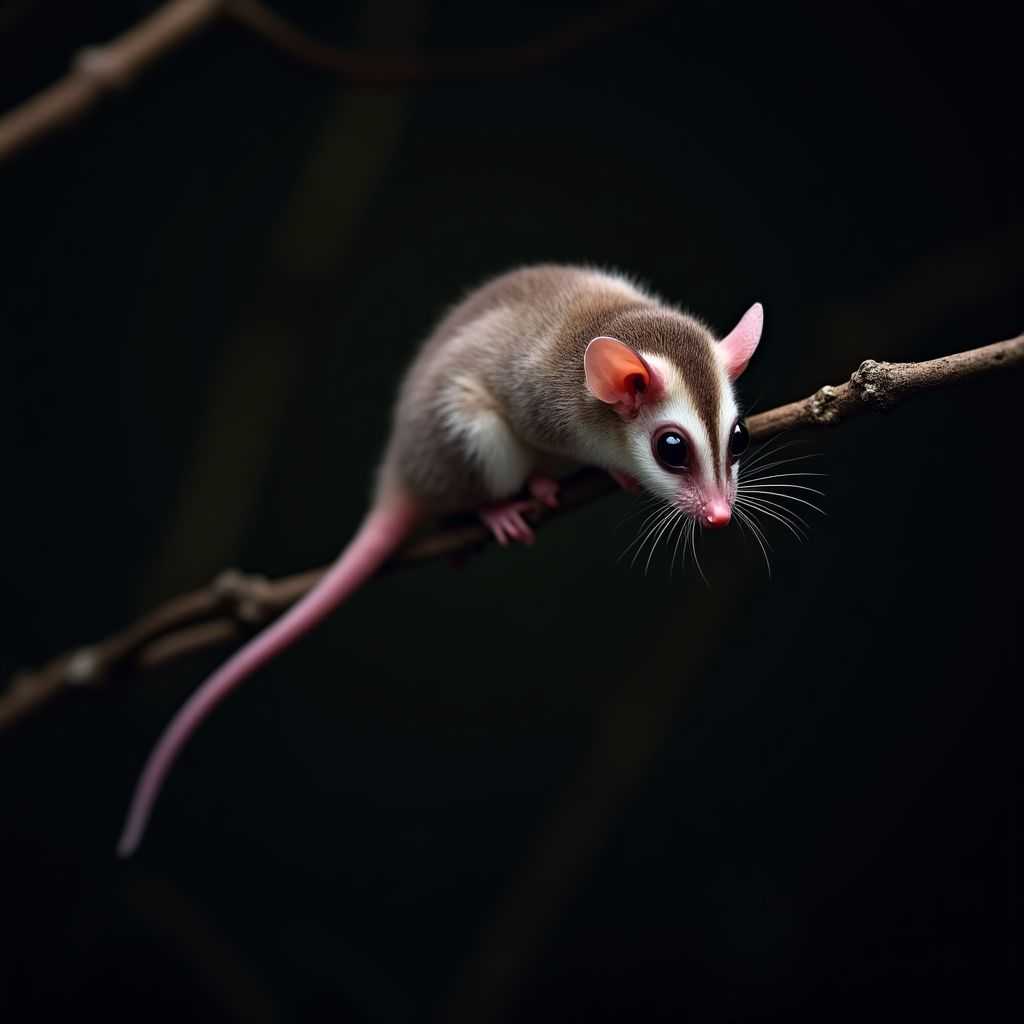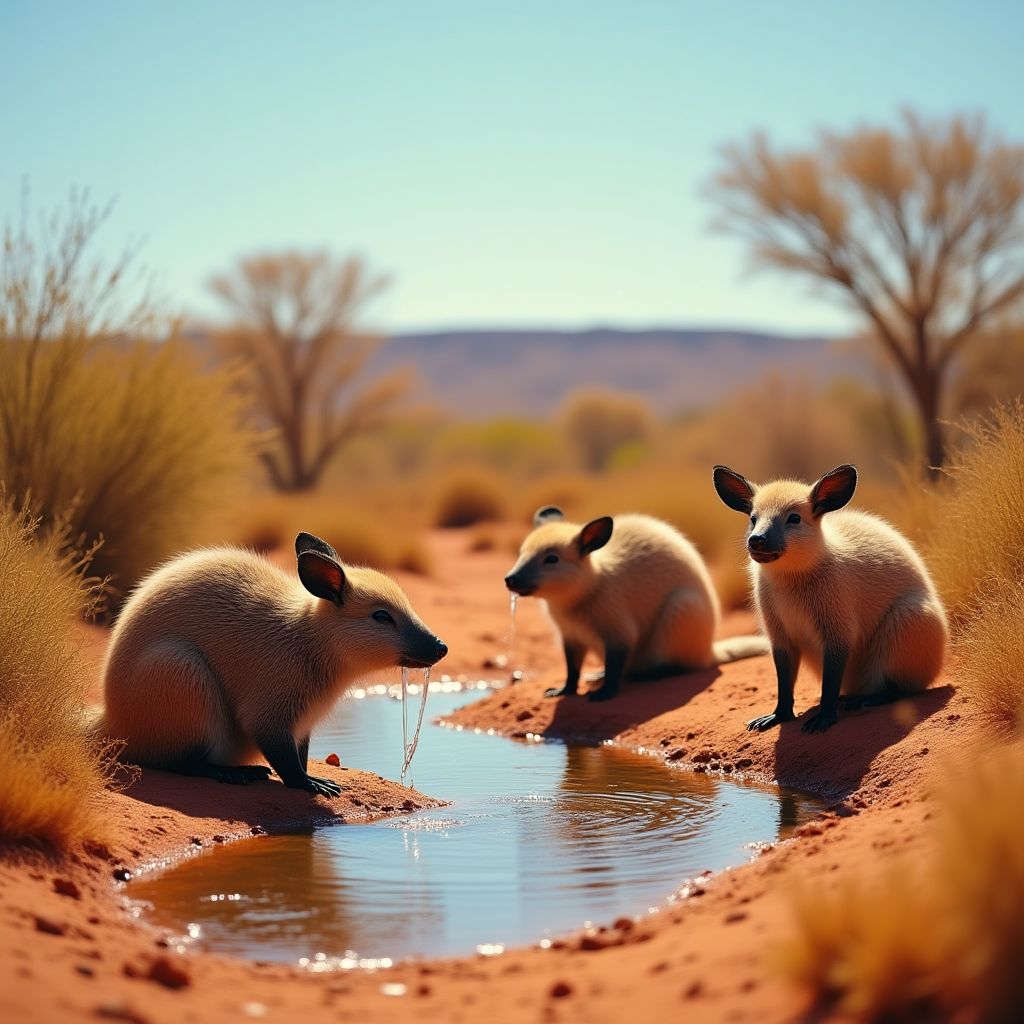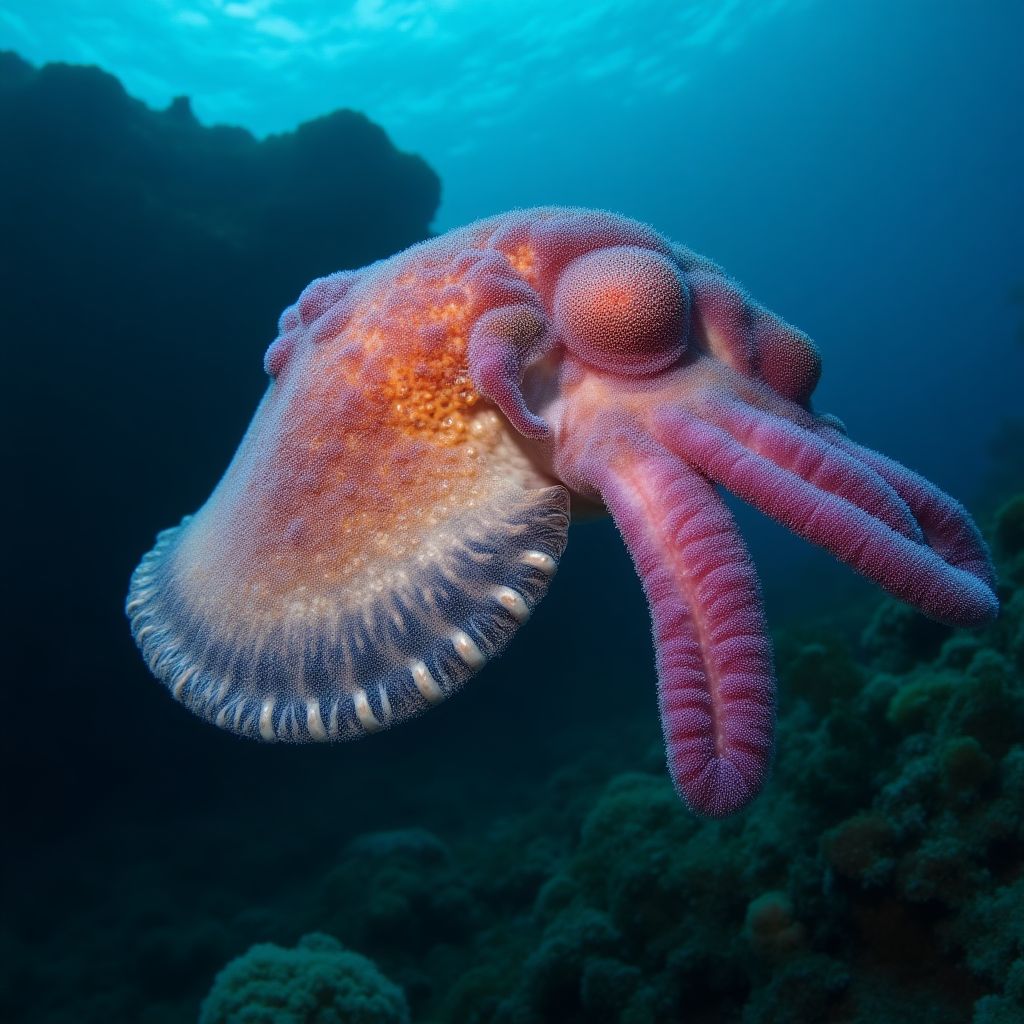New Echidna Behavior Discovered
May 15, 2024
Researchers have documented a previously unknown social behavior in echidnas, challenging the long-held belief that these spiny monotremes are strictly solitary animals. Using infrared cameras and GPS tracking, scientists observed small groups of echidnas sharing burrows during extreme weather conditions, suggesting a more complex social structure than previously thought. This discovery opens new avenues for understanding how these ancient egg-laying mammals have survived for over 50 million years with relatively little evolutionary change.
Read More